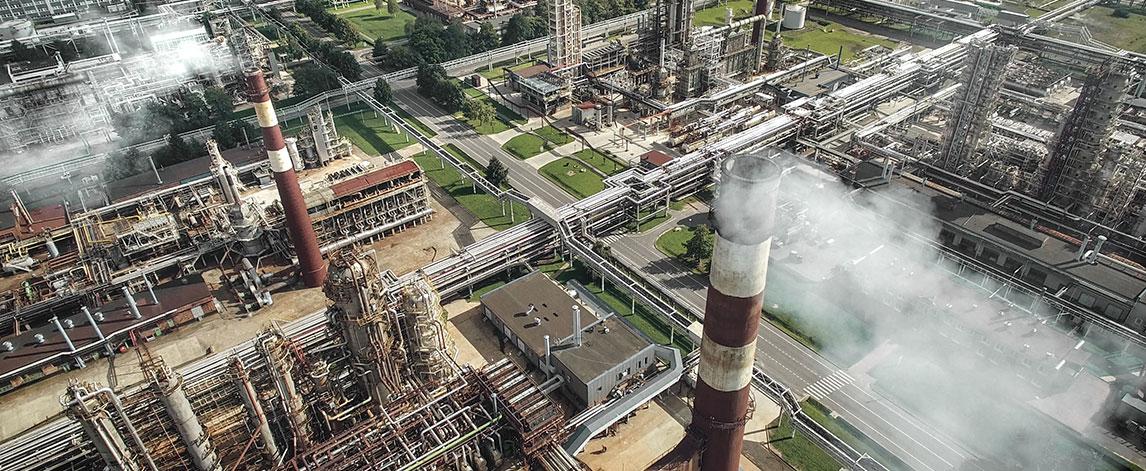Cap and trade is a market-based approach to controlling pollution. It works by issuing a set number of emissions permits that effectively caps the total tons of emissions allowed. The permits can be traded by regulated parties thereby providing economic incentives for achieving emissions reductions.
Work at the Nicholas Institute for Environmental Policy Solutions aided in the design aspects around emissions trading systems for the Northeast’s Regional Greenhouse Gas Initiative (RGGI)—the country’s first regional cap-and-trade program designed to reduce power plant emissions—and California’s cap-and-trade program, the country’s first to cover multiple economic sectors. A key challenge for any cap-and-trade system is preventing emissions allowance prices from rising beyond the reach of potential purchasers.
Both programs use an allowance reserve concept, developed by Duke researchers in 2008, to keep emissions allowance prices from rising so high they will inflict extreme economic hardship for potential buyers and the customers to which they pass these costs.




